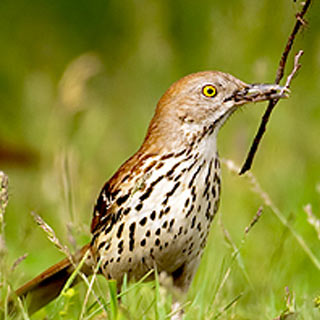
A new study from the Yale School of Public Health has alleged that the extent of Lyme disease is seemingly spreading in North America. The widespread opinion is that birds could play an important function in transmitting the Lyme disease bacterium over extensive distances.
The study authors reviewed the published records and concluded that at least about 70 species of North American birds could be vulnerable to infection by black-legged ticks i.e. Ixodes scapularis, the major vector of the Lyme disease bacterium, Borrelia burgdorferi. The proof also appears to propose that these bird species may be spreading infected ticks into regions that had formerly been Lyme-free like Canada.
Lyme disease bacterium is said to be generally linked to small mammals like mice and squirrels. When they feed on these mammals, immature ticks supposedly get infected with the bacterium. During succeeding blood meals, an infected tick is believed to spread the infection to other hosts, counting humans. White-tailed deer, while alleging to play a vital function in sustaining and scattering the tick populations, are said to be a biological dead end for the bacterium as its blood is resistant to infection.
Robert Brinkerhoff, a post-doctoral student in Maria A. Diuk-Wasser’s lab at the School of Public Health and first author of the paper, commented, “Birds are often overlooked in Lyme disease studies, but they may be playing a key role in its rapid expansion.â€
Birds, nevertheless, are not resistant and various species get contaminated and can spread the pathogen onto ticks. One also wonders whether the B. burgdorferi strains that can infect birds could also be the reason for causing the disease in humans. If that is the case, then the function of birds in the epidemiology of Lyme disease could be deep.
The study authors claimed to discover that I. scapularis most constantly infects bird species like thrushes, brown thrashers, wrens and wood warblers. The experts also approximate that as few as three individual birds may be required to contaminate one black-legged tick with the bacterium.
The study appears online in the journal Frontiers in Ecology and the Environment.
